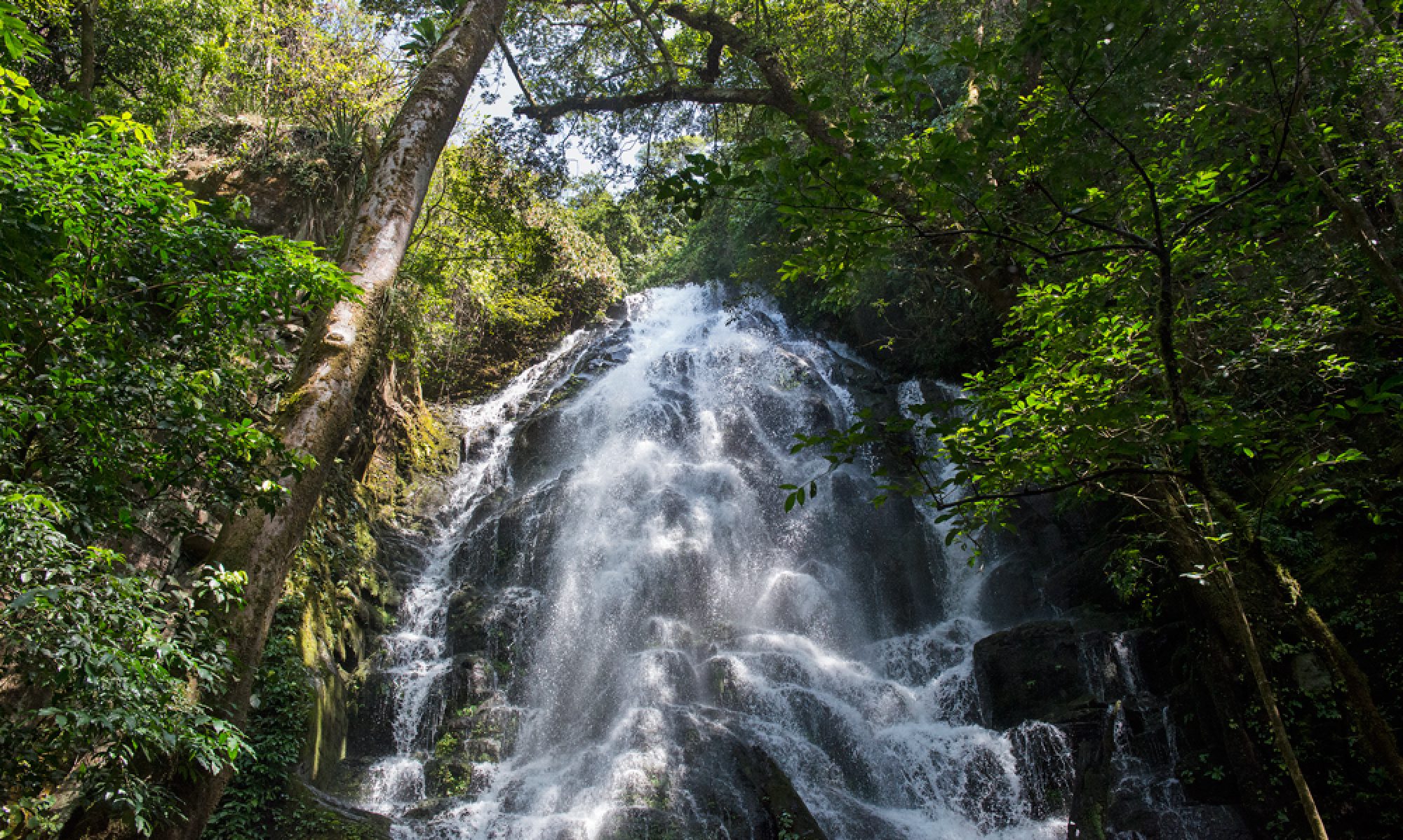 Photo and story by Mark Powers
Photo and story by Mark Powers
MONTEVERDE, Costa Rica – To make a fundamental change in society, a community must re-evaluate how it makes a living. This is what the people of Monteverde, Costa Rica, began to do in the 1980s as the Quaker inhabitants realized that clearing forests to graze cattle was misguided. The economy shifted from agriculture to tourism.
This shift allowed Costa Rica more opportunity and income for a larger variety of people. Where forests once dominated the landscape, new trees and forests have sprung to life. A new generation of conservationist tour guides and farmers have brought new practices to the land, “the more forest you have in your farm, the more attractive it is,” preaches Guillermo Vargas of Life Farm in Monteverde.
At the direction of scientists such as George Powell, the residents of the area have learned that by re-creating and displaying the natural beauty of their home high atop the mountains of Costa Rica, they could enjoy comfortable lives. “Pura Vida,” they say to the many visitors who have come to know the beautiful wonders of this region.
The residents of Monteverde are learning that there can be consequences when they expose that pure life to outsiders who struggle to understand the complexities of the region and influence of their actions. When a tourist comes for a view or Instagram post, it can leave a salty trail of tears created by a lack of cultural appreciation. Tourism can harm the natural resources of a region through various forms of pollution and overuse of electricity.
Selena Avendaño, the supervisor for the Center for Community Initiatives department of the Monteverde Institute, is concerned about the lack of tourist education. She said with increased tourism comes increased trash that isn’t disposed of properly and increased water usage through pools and Jacuzzis.
Selena also said that locals are forced to work odd hours because of a tourism schedule that revolves around North American holidays, causing high seasonal employment that can lead to high financial and familial hardships.
“When do you work most in tourism?” she said. “Weekends, vacation. When do you spend time with your kids? What do your schedules look like? So then we are talking about people who have a lot of stress.”
She spoke of the community struggling to create quality family time. “All of a sudden you don’t have time to grow your food,” she said. “You’re working in a hotel .. You don’t have time to cook. Sometimes some people move into more processed foods.”
This struggle begins to reflect those of other industrialized nations, such as the United States, whose consistent nutrition sources consist of fast food, frozen food and microwave dinners. As the health of the nation’s forests is re-generated, the health of its people is more at risk.
With the general cost of living rising, longtime residents must find new homes or inhabit old ones that are no longer safe. Ricardo Guindon, a longtime Monteverde resident and veteran tour guide, spoke of a family who has resisted government orders to move off of an eroding hillside because they do not have the means to move anywhere else in the region.
There is a tricky balance between profit and conservation in an eco-tourism based economy. Selena reports an estimated 250,000 annual tourists, an increase from previous years. With the newly paved road to Monteverde causing numbers of tourists to climb, many wonder if the region will be able to sustain such vast numbers of visitors.
